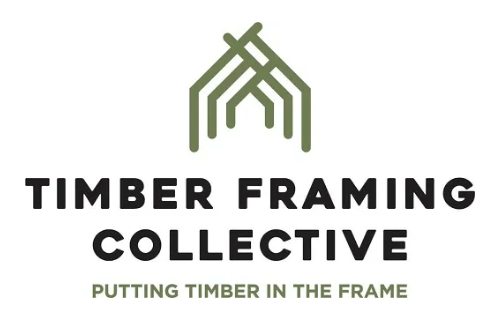
This piece was written and provided by the Timber Framing Collective.
Significant changes in the 2022 National Construction Code (NCC) focus on improving energy efficiency and reducing emissions in Australian homes. And building with timber framing is an advantage. This is great news for our planet and our industry.
New 7-star energy star rating
The NCC has raised the minimum level of thermal performance for new Australian homes from 6 stars to 7 stars under the Nationwide House Energy Rating Scheme (NatHERS)—coming into effect in October 2023 in most states and territories.
The NatHERS rating system scores homes from 0 to 10 stars based on their energy efficiency. The star rating is dependent on climate, modelling the heating and cooling requirements to keep homes at comfortable temperatures.
With approximately 42% of Australian residential energy use from heating and cooling homes, this is one of the biggest changes we’ve seen to energy efficiency requirements in over a decade (CSIRO, 2022).
Advantages of a 7-star home
These updates have significant benefits for the environment and homeowners.
Less emissions
An average 7-star home uses around 25% less energy than a 6-star home for heating or cooling (Climate Council, 2022), which can reduce household CO2 emissions by around 2.3 tonnes per year (CSIRO, 2022). That’s equivalent to taking a car off the road every year—around 120,000 cars a year Australia-wide (Climate Council, 2022).
Lower energy bills
Using less energy also means lower energy bills for homeowners and renters. The change to a 7-star rating is predicted to save the average Melbourne home close to $200 a year. When including the whole-of-home approach, bills are predicted to drop a further $100 (Christopher, 2022).
More comfort
Homes that are built for better thermal performance are better built for the climate, which means they’re simply more comfortable to live in.
![Framing[59]](https://ftmanews.com/wp-content/uploads/Framing59.jpg)
Thermal bridging: the advantages of timber framing
A specific requirement to address thermal bridging in metal-framed roofs, walls and floors has also been added to the 2022 NCC.
Thermal bridges give heat an easy pathway to escape, reducing the effectiveness of insulation and a building’s energy rating. In an airtight and insulated home, thermal bridges can account for heat loss of 20- 30% (Carbon Futures, 2022).
While thermal bridging occurs in both timber and steel frames, timber framing conducts heat at a much lower rate with tiny air pockets that add resistance to heat flow throughout a home. This makes timber framing a better choice when it comes to energy efficiency.
A study by the CSIRO found that thermal bridging can decrease a building’s energy rating by:
- 2 to 0.4 stars for a timber framed home
- 5 to 0.9 stars for metal framed designs with a thermal barrier
- Up to 1.2 stars for metal framed designs without thermal barriers.
Thermal bridging is not currently included in the NatHERS star rating assessment. However, the NCC’s new regulations aim to bring the thermal performance of steel frames to align with timber framing (Iskra, 2022). Steel framed homes are required to have more thermal breaks and insulation to reduce thermal bridging, or offset the negative effects by improving other aspects of the building’s thermal performance (Department of Climate Change, Energy, the Environment and Water, 2022).
Let’s build a better world
With the new NCC updates, Australia continues to promote sustainable building practices and make the world a better place. By making simple adjustments to design and even choosing timber framing to avoid thermal bridging penalties, we can band together to help tackle climate change.
Learn more about the NCC changes and building for 7 stars.
Learn more about the environmental properties of Timber Framing – The Ultimate RenewableTM.
![Framing 2[58]](https://ftmanews.com/wp-content/uploads/Framing-258.jpg)
References
Carbon Futures. (2022). Thermal Bridging Calculations. Retrieved here.
Christopher, P. (2022). WoodSolutions Webinar – Seven Ways to Achieve 7 Stars: Meeting the 2022 NCC Energy Efficiency Provisions for Australian Homes. Retrieved here.
Climate Council. (2022). Report: Energy Guzzling Aussie Homes Costing Homeowners Hundreds of Dollars a Year. Retrieved here.
CSIRO. (2022). Thermal Bridging for Residential Building Energy Rating – Updated with NZS4214. Retrieved here.
Department of Climate Change, Energy, the Environment and Water. (2022). NatHERS 2022 Thermal Bridging. Retrieved here.
Iskra, B. (2022). How do the 2022 NCC Changes Affect Timber? Retrieved here.
Our Principal Partners



